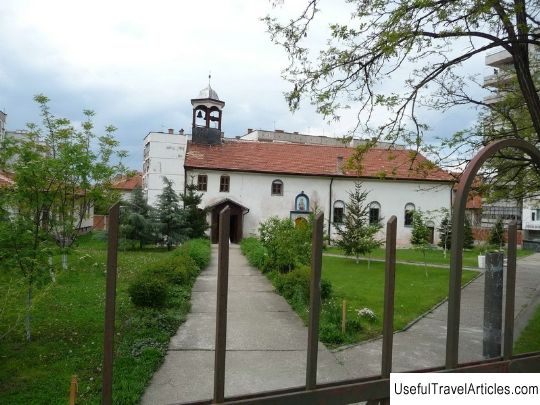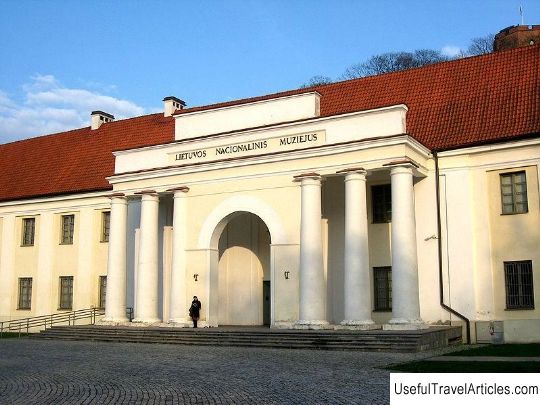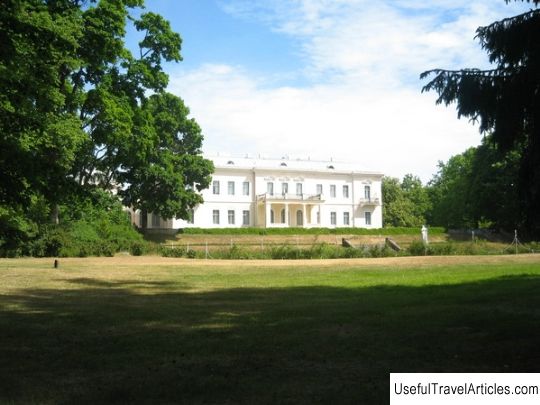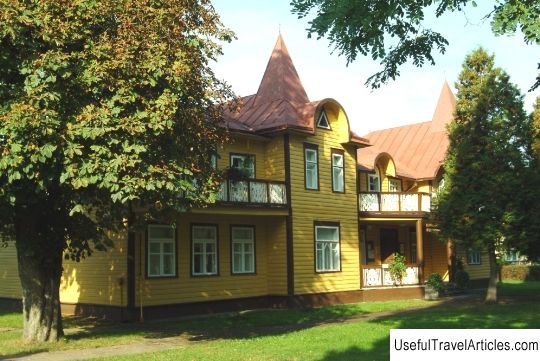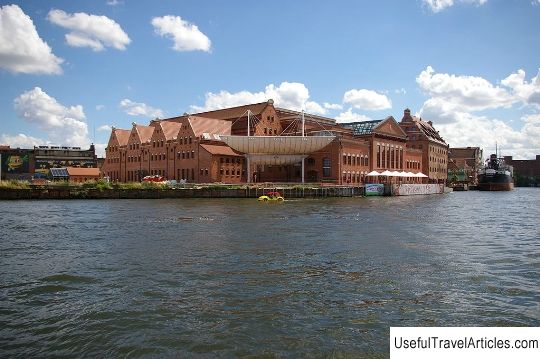Kernaves piliakalniai description and photo - Lithuania
Rating: 8,2/10 (689 votes) 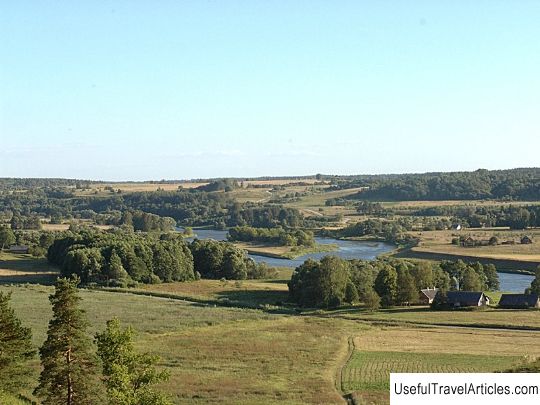
Kernaves piliakalniai description and photo - Lithuania. Detailed information about the attraction. Description, photographs and a map showing the nearest significant objects. The name in English is Kernaves piliakalniai. Photo and descriptionKernave is a unique area, the existence of which brings us to the wonderful disappeared civilization and culture. Only here it is possible to trace the important stages of human development. In Kernave, the first capital of Lithuania, there is a complex of five Baltic fortifications. The famous State Reserve is located on the right bank of the Neris River, thirty-five kilometers from Vilnius. In this place you can trace the entire history of the formation and development of the Baltic peoples, learn the history of the formation of the Lithuanian state. Traces of unique ancient cultures have been found in the Reserve, from the 10th century BC to the Middle Ages. Already in the first centuries of our era, large settlements were formed in the Payauta valley. In order to protect them from outside enemies, fortifications were built. Settlements, as the only type of protohistoric settlement existed in Lithuania from the Bronze Age to the end of the 14th century. There are about a thousand settlements in the country, but just such a complex of five nearby settlements does not exist anywhere else in the Baltic Sea region. The castle mounds are the most valuable and most significant element of the Kernave nature reserve. This is a living evidence of the natural and historical processes of human development, its centuries-old activity. The mention of Kernave in writing occurs for the first time in the chronicle of G. Wartberg and in the Livonian rhymed chronicle of 1279. It is known for sure that in the 13th century it was a city with a feudal system. At that time, the city had a large princely castle and five fortresses installed on high fortifications. They all united into a single defense zone. Settlements were formed on natural landscape elevations, naturally, they were completed by people. Now the majestic hill-forts, overgrown with lush grass of the hills, have survived from the feudal city. The grass here is of a special color, bright green. One gets the impression that such grass can only be here. In 1390, the crusaders attacked the village and burned it to the ground. For a long time this place was deserted, so over time, the remains of the old city were hidden under a thick layer of alluvial soil. These natural bedspreads have preserved all organic matter. Thus, the traces of the life of the townspeople remained incorrupt and today they are discovered by archaeologists during excavations. For over 30 years archaeologists have been drawing invaluable information from these cultural layers. All archaeological finds are collected in the Kernavi History and Archeology Museum in numerous unique collections. Since 2005, tourists can spend their time meaningfully by participating in archaeological excavations. In addition to archaeologists, there is a constant stream of historians, researchers of cultural heritage, and just tourists. In addition to the hills of the fortified settlements, the attention of tourists is also attracted by the remains of wooden buildings, an ancient church, the remaining foundations of the former city buildings. Here you can admire the nailless wooden octagonal chapel or old watermills. A park of wooden sculptures is open in the area. Unusual and unusual things can be found here at every step, starting from the entrance to the ancient city. At the very gate, there is a statue of a wolf-knight in armor. Many tourists try to come here at the beginning of July, by the Day of the State. At this time, “Days of Living Archeology” are celebrated in Kernave, grandiose performances are organized, during which ancient crafts are demonstrated, early music concerts are organized. During the holiday, spectators can take part in a variety of medieval activities such as javelin throwing, horseback riding in knightly ammunition, and archery. Military clubs come from different countries to demonstrate their martial arts here. Another large-scale and crowded holiday celebrated in the Payauta Valley is Jonines or Ivan Kupala's Day. On this day, events related to ancient customs and rituals are organized. Another spectacular holiday organized annually at the end of August, it is a neo-folklore festival of the Baltic countries. Kernave is included in the list of world heritage masterpieces by UNESCO.        We also recommend reading Church of St. Francis (Iglesia de San Francisco) description and photos - Chile: Santiago Topic: Kernaves piliakalniai description and photo - Lithuania. |
